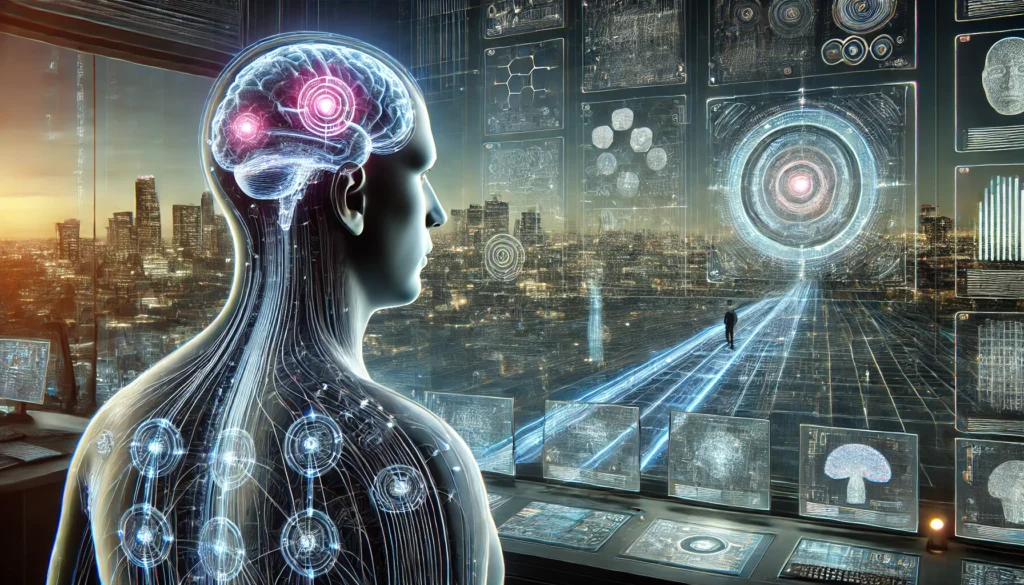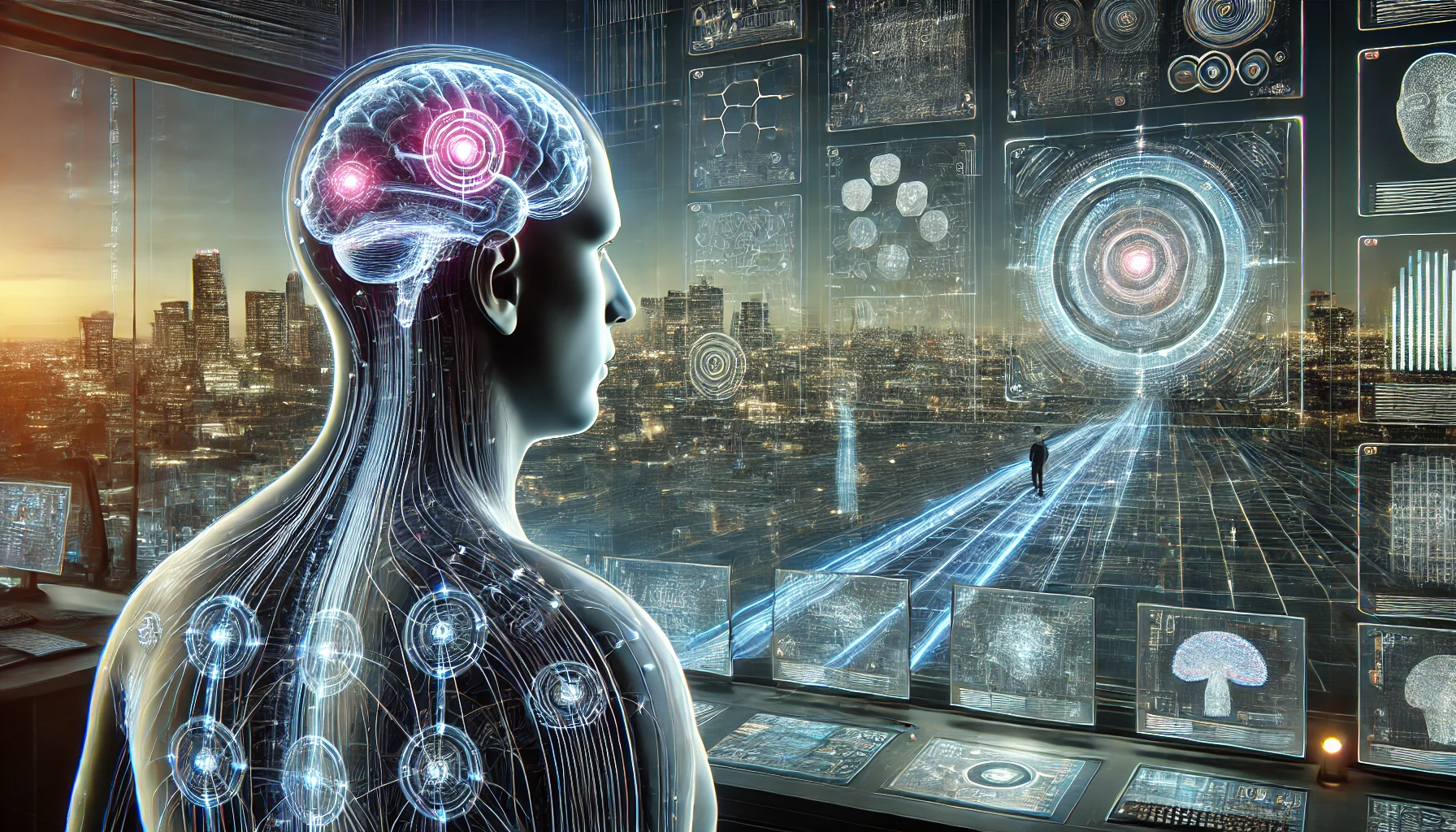As we stand on the threshold of the Singularity, several cutting-edge technologies are already laying the foundation for this future. These innovations are not just futuristic concepts; they are active developments transforming our world and accelerating us toward a time when AI could surpass human intelligence. The sci-fi future is already here! Here are five real technologies that are crucial contributors to the impending Singularity:

1. Neural Networks and Deep Learning in The Singularity
Neural networks are the backbone of modern AI, designed to mimic the human brain’s structure and function. Deep learning, a subset of machine learning, leverages these networks to process vast amounts of data, enabling machines to learn and improve independently. Companies like Google and OpenAI use deep learning to power everything from language models like ChatGPT to complex decision-making systems in autonomous vehicles. The rapid advancements in neural networks allow AI to understand, predict, and react to complex situations with increasing accuracy and speed, pushing us closer to the Singularity.
Impact: Deep learning’s ability to learn from data without explicit programming is fundamental to creating systems that can surpass human cognitive abilities. As these networks become more sophisticated, they will drive AI’s exponential growth.

2. Quantum Computing and The Singularity
Quantum computing represents a massive leap forward in computational power. Unlike classical computers that use bits as the smallest unit of data (either a 0 or a 1), quantum computers use quantum bits, or qubits, which can represent both 0 and 1 simultaneously due to superposition. This capability allows quantum computers to process complex calculations at unprecedented speeds. Companies like IBM and Google are racing to develop stable quantum computers, which will drastically accelerate AI training, optimization, and the solving of previously intractable problems.
Impact: Quantum computing’s potential to solve complex problems in seconds that would take classical computers thousands of years to crack will turbocharge AI development, making the Singularity more achievable.

3. Brain-Computer Interfaces (BCIs)
Brain-computer interfaces aim to connect the human brain directly with computers, enabling a seamless interaction between humans and machines. Companies like Neuralink, founded by Elon Musk, are at the forefront of developing BCIs that could potentially enhance human cognition, restore lost sensory functions, or even upload human consciousness into digital form. BCIs represent a direct bridge between human intelligence and machine intelligence, offering a glimpse into a future where human capabilities are vastly expanded through direct AI integration.
Impact: BCIs could blur the line between human and machine intelligence, allowing for a direct interface with AI and potentially leading to enhanced cognitive abilities or even digital immortality.

4. Autonomous Systems and Robotics
Robotics and autonomous systems, from self-driving cars to advanced industrial robots, are already changing how we live and work. These systems rely on a combination of AI, machine learning, and real-time data processing to perform tasks without human intervention. Companies like Tesla, Boston Dynamics, and Waymo are leading the charge in creating robots and autonomous vehicles that can operate independently in dynamic environments. The continued evolution of these systems will enhance productivity, safety, and efficiency, making them integral to the AI-driven future.
Impact: Autonomous systems are real-world applications of AI that demonstrate the potential of machines to perform complex tasks autonomously, setting the stage for AI to manage increasingly sophisticated roles in society.

5. Natural Language Processing (NLP) and AI Communication
Natural language processing enables machines to understand, interpret, and respond to human language in a way that feels natural and intuitive. Advanced NLP models, such as GPT-4 and beyond, are already capable of holding human-like conversations, generating creative content, and even making decisions based on contextual understanding. This technology not only powers personal assistants like Siri and Alexa but also plays a crucial role in customer service, content creation, and decision support systems.
Impact: As NLP continues to improve, AI’s ability to communicate and understand humans will become indistinguishable from human interaction, a critical milestone in the journey to the Singularity.
These technologies are not just theoretical; they are actively shaping our world and driving us towards the Singularity. As they evolve, they will increasingly converge, creating a feedback loop of innovation and growth that propels us forward. Understanding and engaging with these technologies now will be essential for anyone who wants to thrive in the coming age of AI. The future is being built today, and these innovations are the building blocks of a new era where human and machine intelligence could merge in ways we can only begin to imagine.
For additional information on “The Singularity” and its potential impact on society, be sure to subscribe to Weekly Bro Chat Newsletter. Issue #59 is completely centered on this topic.











